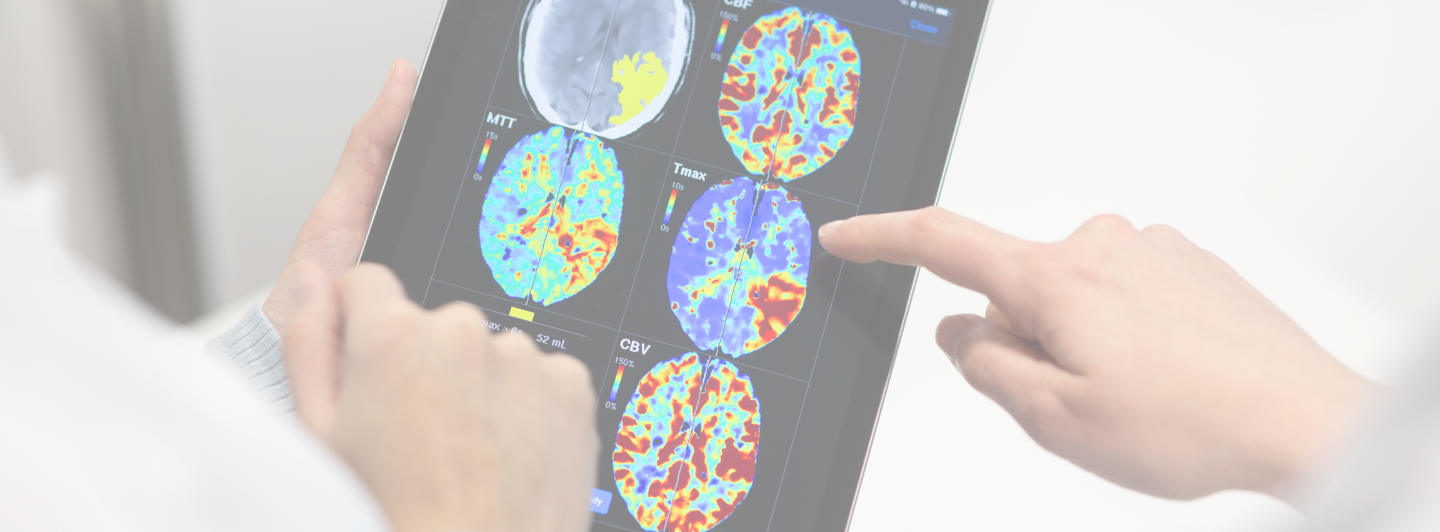In the rapidly evolving landscape of stroke care, artificial intelligence (AI) stands out as a beacon of hope, promising to revolutionize the diagnosis, treatment, and rehabilitation processes for stroke patients. With the healthcare industry at a pivotal crossroads, the integration of AI technologies in stroke care presents an opportunity not just for clinical advancement but also for substantial economic benefits.
The Promise of AI in Stroke Care
Stroke remains one of the leading causes of disability and mortality worldwide, with the traditional stroke care model grappling with challenges like delayed diagnosis, treatment inaccuracies, and inefficient rehabilitation strategies. Enter AI, with its unparalleled capability to analyze vast datasets, learn patterns, and provide insights far beyond human speed and accuracy. AI technologies, particularly in stroke imaging and patient management, have shown promising results in enhancing the precision of stroke diagnoses, predicting patient outcomes, and tailoring rehabilitation programs to individual needs (Lee et al., 2017) (Samsa et al., 1999).
Cost-Benefit Analysis: A Financial Perspective
The implementation of AI in stroke care, while technologically promising, raises questions about its economic viability. Recent studies, however, offer a compelling argument for its cost-effectiveness. For instance, comprehensive use of AI in initial imaging selection has been demonstrated to significantly improve quality-adjusted life-years (QALYs) while being cost-effective compared to traditional imaging strategies (Martinez et al., 2020). Furthermore, mechanical thrombectomy, an AI-supported procedure for acute ischemic stroke, not only enhances clinical outcomes but also results in substantial cost savings over a patient’s lifetime, supporting the rapid update of stroke care pathways to incorporate AI technologies (Arora et al., 2018).
In general, healthcare’s embracement of AI and digital technologies has been justified through rigorous cost-benefit analyses, highlighting the financial and clinical benefits outweighing the initial investment costs. A compelling example is the application of AI in diagnosing and managing chronic conditions, where AI systems have demonstrated the ability to reduce hospital readmission rates, minimize the need for routine follow-up visits, and optimize treatment plans. This not only enhances patient outcomes but also significantly cuts down long-term healthcare costs (Väänänen et al., 2021).
Moreover, beyond the direct patient care, AI applications in operational and administrative functions within healthcare systems offer a promising avenue for cost savings. AI-driven analytics can streamline hospital operations, improve resource allocation, and enhance service delivery efficiency. For instance, predictive analytics can optimize scheduling and reduce patient wait times, directly impacting patient satisfaction and indirectly reducing operational costs. These broader applications underscore the versatile nature of AI in creating value across different facets of healthcare, supporting a holistic approach to evaluating its cost-benefit impact in the sector. The successful integration of AI in healthcare hinges not only on its clinical applications but also on its ability to enhance operational efficiency, presenting a compelling case for its widespread adoption (Hansson, 2007).
Beyond Clinical Outcomes: The Broader Economic Impact
The integration of AI into stroke care extends its benefits beyond patient outcomes, impacting the broader healthcare ecosystem. By reducing the time and resources spent on diagnosis and decision-making, AI allows healthcare professionals to allocate their efforts more effectively, potentially lowering the overall burden on healthcare systems. Additionally, AI’s role in predicting patient recovery and personalizing rehabilitation plans promises to shorten hospital stays and reduce the need for long-term care, further contributing to cost savings.
Case in Point: Strokeviewer as a Solution Provider
As we explore the vast potential of AI in revolutionizing stroke care, Strokeviewer emerges as a leading solution, embodying the integration of AI technologies to optimize patient outcomes while being mindful of economic constraints. Notably, StrokeViewer has proven to reduce misdiagnosis by 50%, a milestone achievement that underscores its effectiveness in enhancing diagnostic accuracy. This capability not only bolsters the quality of care for stroke patients but also significantly mitigates the economic implications associated with misdiagnosis, including unnecessary treatments and extended hospital stays. By offering accurate, fast, and reliable diagnostics, Strokeviewer presents a cost-effective alternative to traditional care methods, marking a significant step forward in the economics of stroke care innovation.
Looking Ahead: The Future of Stroke Care
As we stand on the cusp of a new era in stroke care, the question remains: What lies ahead in the journey of stroke care innovation? The integration of AI technologies such as Strokeviewer heralds a promising future, one where precision medicine becomes the norm, and economic barriers to advanced care are systematically dismantled. The potential of AI to streamline care pathways, coupled with its cost-effectiveness, paves the way for a future where every stroke patient has access to the best possible care, regardless of geographical and financial limitations.
For neurosurgeons and stroke teams dedicated to pushing the boundaries of what’s possible in stroke care, the advent of AI technologies offers an exciting prospect. Not only does it promise to enhance clinical outcomes and patient quality of life, but it also offers a viable pathway to reducing the economic burden of stroke care, ensuring sustainability and accessibility of high-quality care for all.
As we anticipate the next article in our series, “The Financial Impact Of Reducing Time-To-Treatment On Healthcare Providers And Patients” one can’t help but wonder: How will emerging technologies further transform the economic landscape of stroke care?
To delve deeper into this question and explore the innovative solutions provided by Strokeviewer, scheduling a demo might just offer a glimpse into the future of stroke care, where innovation meets efficiency in the service of better patient outcomes.

